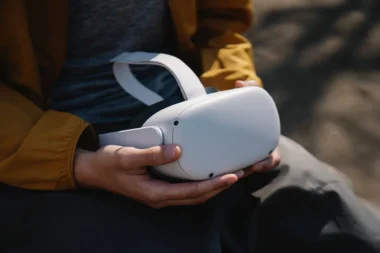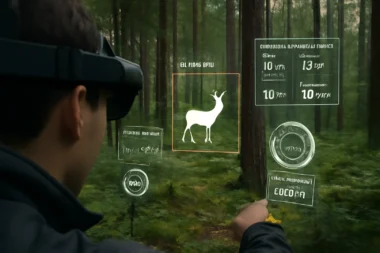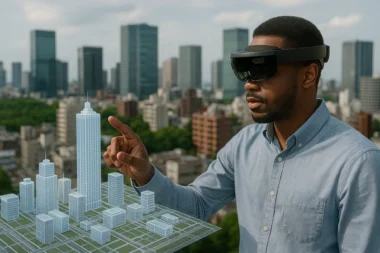Introduction:
Virtual Reality (VR) has opened up new entertainment, training, and simulation frontiers by immersing users in virtual worlds. However, one of the challenges in VR experiences has been locomotion—the ability for users to move and explore the virtual environment naturally. Omni-directional treadmills have emerged as a promising solution, offering an immersive and physically engaging way to navigate virtual spaces. This technical article delves into omnidirectional treadmills, exploring how they work, their applications, and the design considerations for creating these innovative locomotion devices.
How Does an Omni-Directional Treadmill Work?
An omnidirectional treadmill, also known as a VR treadmill or a virtual reality locomotion platform, enables users to walk, run, and navigate within a virtual environment while remaining stationary in the physical world. Unlike traditional treadmills that only allow forward movement, omnidirectional treadmills offer the freedom to move in any direction, including forward, backward, sideways, and even diagonally.
These treadmills typically have a circular or elliptical walking surface embedded with sensors or pressure plates. The user wears special shoes or uses shoe attachments that interface with the treadmill. As the user walks or runs on the treadmill, the sensors or pressure plates track their movements and translate them into corresponding actions within the virtual environment.
To ensure a seamless and immersive experience, omnidirectional treadmills often integrate with VR headsets and tracking systems. This integration allows real-time synchronization between the user’s physical movements and the virtual world, enhancing the sense of presence and realism.
Design Considerations for Omni-Directional Treadmills:
Designing an effective omnidirectional treadmill involves several considerations:
1. Walking Surface: The walking surface of the treadmill should provide sufficient space for natural movement and support different walking or running styles. It should be durable, slip-resistant, and comfortable for extended use.
2. Sensing and Tracking: The treadmill’s sensors or pressure plates should accurately capture the user’s movements and translate them into virtual locomotion. The tracking system should have low latency and high precision to ensure a seamless and responsive experience.
3. Safety Features: Safety is paramount in the design of omnidirectional treadmills. They should incorporate safety mechanisms such as emergency stop buttons, handrails, and fall detection systems to prevent accidents and ensure user well-being.
4. Integration with VR Systems: Seamless integration with VR headsets and tracking systems is crucial to providing synchronized and immersive experiences. The treadmill should communicate with the VR system to update the user’s position and orientation in real time.
5. User Comfort: The design should prioritize user comfort to enable longer and more enjoyable VR experiences. This includes ergonomic design, adjustable settings, and ventilation to prevent overheating.
Applications of Omni-Directional Treadmills:
Omni-directional treadmills have a wide range of applications across various industries.
1. Gaming and Entertainment: In the gaming world, omnidirectional treadmills offer a more immersive and physically engaging way to navigate virtual worlds. Users can walk, run, and explore vast virtual landscapes, enhancing the realism and enjoyment of gaming experiences.
2. Training and Simulation: Omni-directional treadmills have applications in training and simulation environments such as military, flight, and medical training. These treadmills enable users to practice complex tasks and movements within a controlled virtual environment, providing a safe and realistic training experience.
3. Rehabilitation and Therapy: Omni-directional treadmills are also used in rehabilitation and physical therapy settings. They allow patients to engage in virtual rehabilitation exercises, helping them regain mobility, balance, and coordination in a controlled and monitored environment.
Conclusion
Omni-directional treadmills offer an exciting solution for virtual reality locomotion, providing users with an immersive and physically engaging way to navigate virtual environments. With their applications in gaming, training, rehabilitation, and more, these treadmills have the potential to revolutionize the way we interact with virtual worlds. By carefully considering the design elements, incorporating accurate sensing and tracking, and ensuring user safety and comfort, omnidirectional treadmills pave the way for truly immersive and realistic VR experiences.



